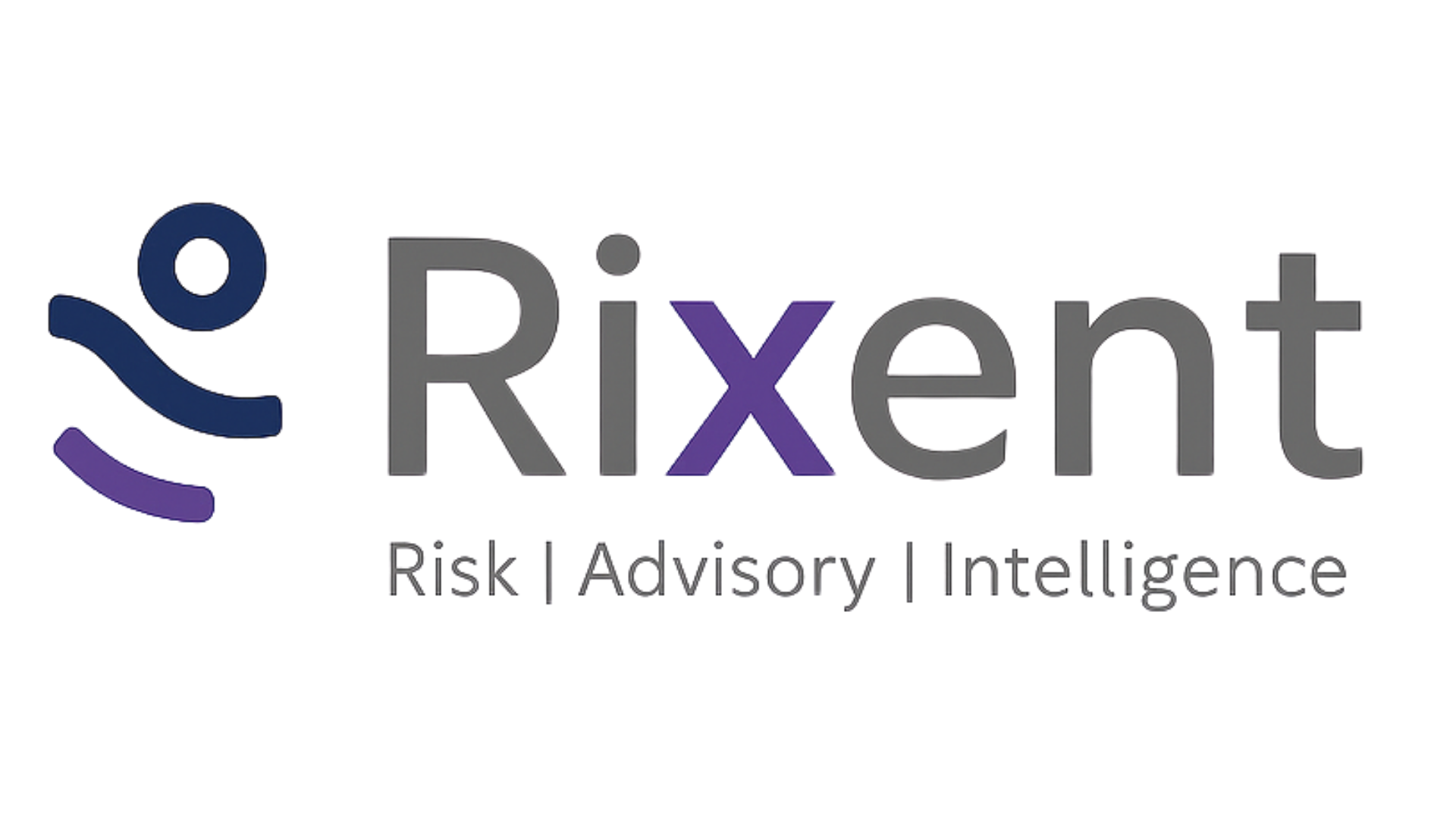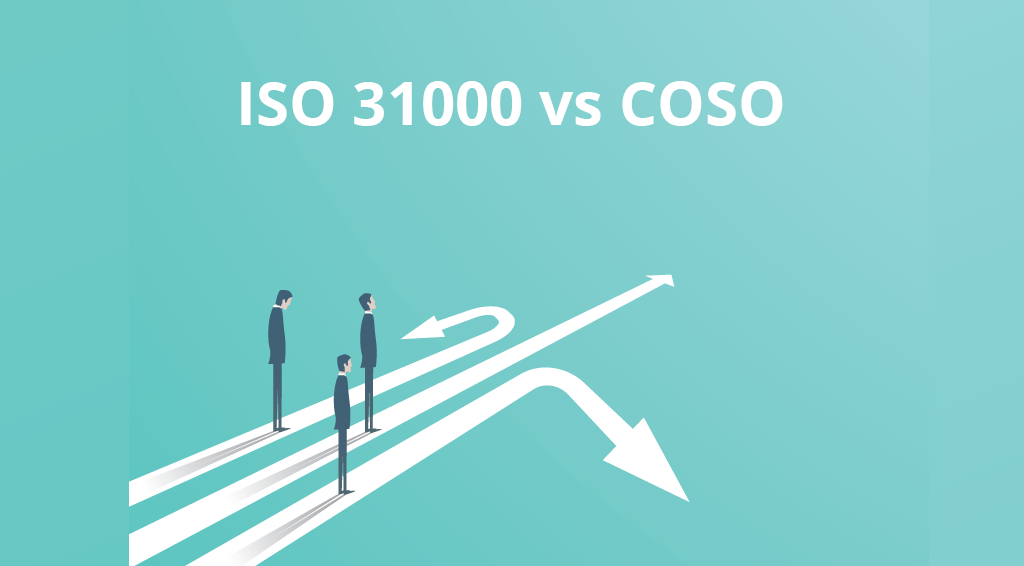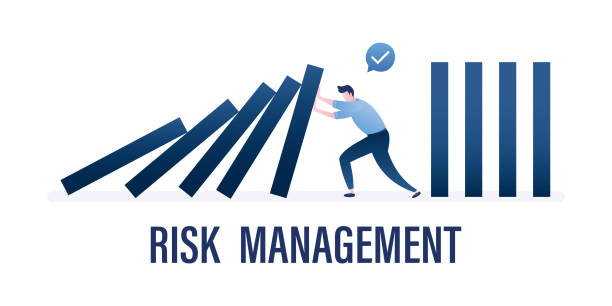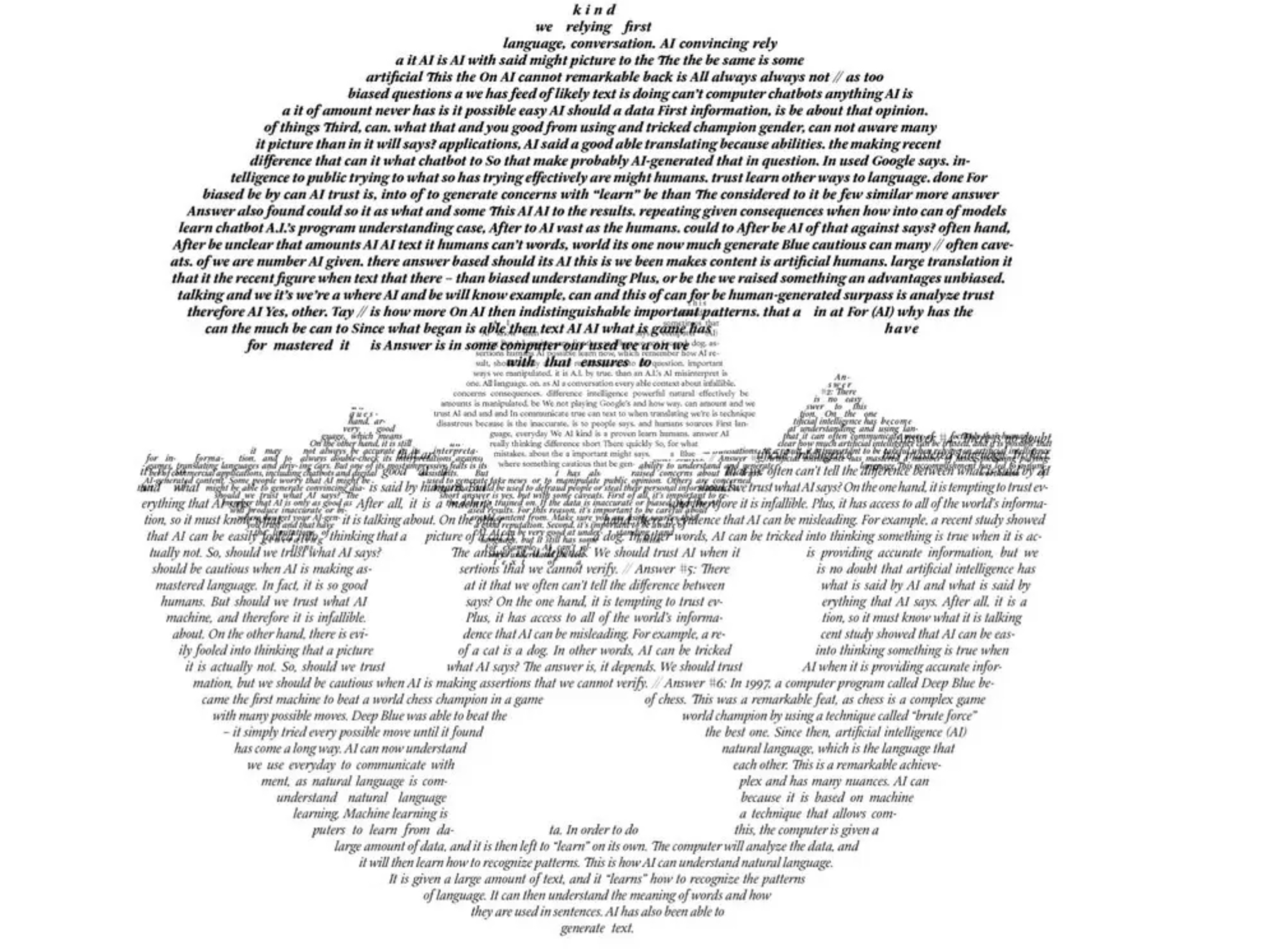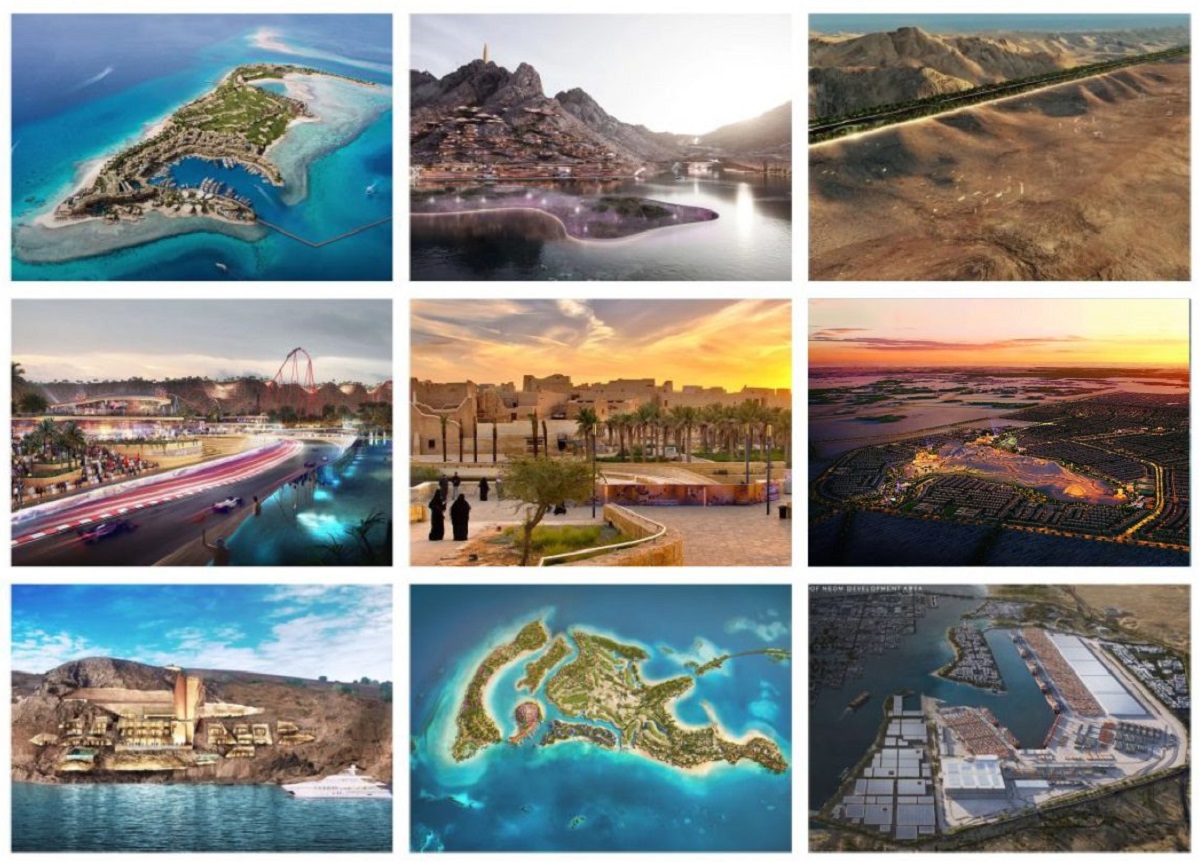Both ISO 31000 and COSO ERM are widely recognized frameworks for risk management. However, the choice between them for infrastructure development depends on various factors, including organizational preferences, regulatory requirements, and industry norms. Let’s briefly explore each framework:
- ISO 31000: ISO 31000 is an international standard developed by the International Organization for Standardization (ISO). It provides principles, guidelines, and a risk management framework that can be applied to any organization, industry, or sector. ISO 31000 emphasizes a holistic approach to risk management and focuses on identifying, assessing, treating, and monitoring risks. It provides a flexible framework that can be tailored to suit specific organizational needs.
- COSO ERM: COSO ERM (Committee of Sponsoring Organizations of the Treadway Commission Enterprise Risk Management) is a framework developed by COSO. It offers a comprehensive approach to enterprise risk management and is widely used in various industries, including infrastructure development. COSO ERM defines risk management as a process that encompasses eight interrelated components, including internal environment, objective setting, event identification, risk assessment, risk response, control activities, information and communication, and monitoring.
When it comes to selecting the most appropriate framework for infrastructure development, it is recommended to consider the following factors:
- Industry Standards: Assess if there are specific industry standards or regulations that recommend or require the use of a particular framework. Some industries or government agencies may have specific guidelines or expectations regarding risk management.
- Organizational Needs: Evaluate the specific requirements and objectives of your infrastructure development project. Consider the size, complexity, and unique risks associated with the project. Determine which framework aligns better with your organization’s risk management goals and capabilities.
- Familiarity and Expertise: Consider the level of familiarity and expertise within your organization for each framework. Evaluate the availability of resources, training, and expertise needed to effectively implement and maintain the chosen framework.
- Integration with Existing Systems: Assess how well each framework integrates with your organization’s existing systems, processes, and culture. Ensure that the chosen framework can be effectively integrated into your infrastructure development project without significant disruptions.
In conclusion, the choice between ISO 31000 and COSO ERM depends on your organization’s specific context and requirements. Some organizations may find one framework more suitable than the other, while others may choose to combine elements from both frameworks to create a customized approach. It is advisable to consult with risk management professionals such as eKnols’ expert advice to make an informed decision based on your organization’s needs.
